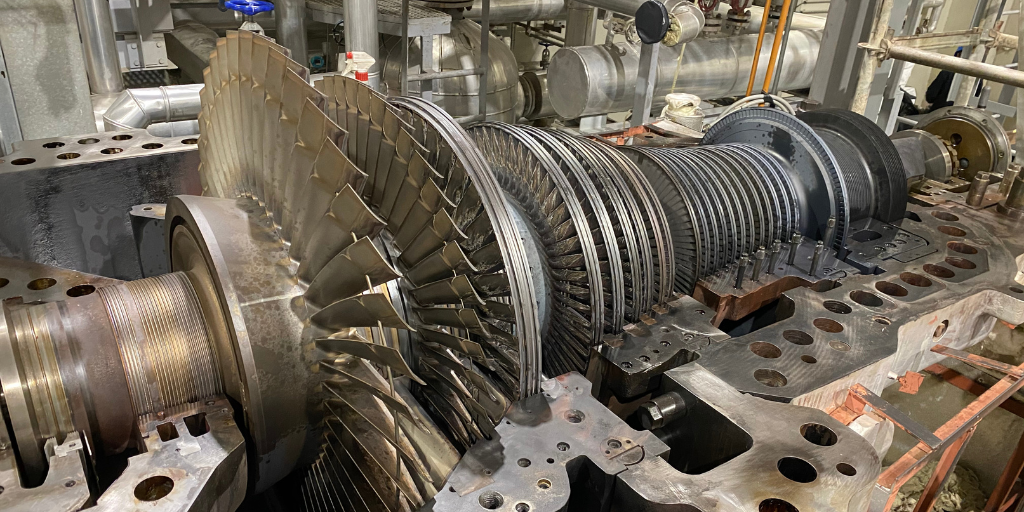The piece originally ran in the Salt Lake Tribune on June 14, 2022 and can be accessed here:
https://www.sltrib.com/opinion/commentary/2022/06/14/steve-handy-western/
Steve Handy: Western hydrogen pact shows the energy transition is working for Utah
The same states that developed fossil fuels can now boost transition to low-carbon energy.
There’s never been a better time to live in a major energy-producing state like Utah. The world needs stable and affordable sources of energy and we can provide them.
That’s true for oil and natural gas, which Russian President Vladimir Putin is using as a geopolitical weapon in his war against Ukraine. But it’s also true for new energy sources and, thanks to market forces, those sources continue to get cheaper, cleaner and more widely used by consumers and businesses across our economy.
In fact, I believe the states that played a central role in developing fossil fuels over the decades will be just as important in the transition to low- and zero-carbon sources of energy – if not more important.
Case in point: Utah’s involvement in a multi-state partnership to spearhead clean hydrogen production in the United States. Called the Western Inter-State Hydrogen Hub, it brings together officials from Utah, Wyoming, Colorado and New Mexico.
Hydrogen is remarkably clean and flexible. It can provide on-site power generation for office towers, data centers and other large commercial buildings. It can fuel electric motors, especially in large vehicles like trucks, buses and locomotives, which don’t perform as well with heavy batteries.
Large engineering firms like General Electric and Siemens are also working on turbines that can burn hydrogen to generate large volumes of electricity in much the same way that natural gas-fired turbines support the power grid today.
The big difference, however, is that when hydrogen is used as a fuel source, there are no carbon emissions. The only “exhaust” is water vapor.
But the way we currently produce most hydrogen in the U.S. – from natural gas – does result in significant carbon emissions. Therefore, if we can capture and store those emissions, or produce hydrogen directly from water in a zero-carbon process called electrolysis, it will unlock a massive new source of clean energy.
That’s the purpose of the Western Inter-State Hydrogen Hub: To leverage the experience and infrastructure of four Western states across oil, gas, wind, solar and other energy sources to make large-scale clean hydrogen production a reality.
Utah is “the best place in the nation for energy development projects, including clean hydrogen,” said Gov. Spencer Cox when the clean hydrogen partnership was announced. By applying the “resources and expertise” in our state, “clean hydrogen is not just a possibility, it’s inevitable.”
Clean hydrogen research and demonstration projects have been taking place in this four-state region for some time. But the decision to pursue a formal partnership was prompted by the passage of the Bipartisan Infrastructure Law.
The infrastructure law passed Congress with broad political support – including from Republican Utah Senator Mitt Romney – and it includes $8 billion in funding to support the creation of at least four clean hydrogen hubs around the country.
No siting decisions have been made, but the Western Inter-State Hydrogen Hub stands head and shoulders above the competition for two principal reasons.
First: Power companies, oil and gas firms and manufacturers in our region are already working on clean hydrogen infrastructure. Taxpayers will get the best return on their investment by working with leading states that have skin in the game.
Second: The energy economy of tomorrow won’t just magically appear. It will be a natural evolution of the energy economy we have today.
And today, more than 15 percent of the nation’s energy is produced in Utah, Wyoming, Colorado and New Mexico, even though we account for less than four percent of the nation’s population.
The infrastructure and workforce that supports our economy with a mix of fossil fuels and clean energy today can be repurposed to support 100 percent clean energy tomorrow. It’s just common sense.
There’s no better place to develop energy than in Utah and our neighboring states. It was true in the past, it’s true today – and it will be true in our clean energy future.

